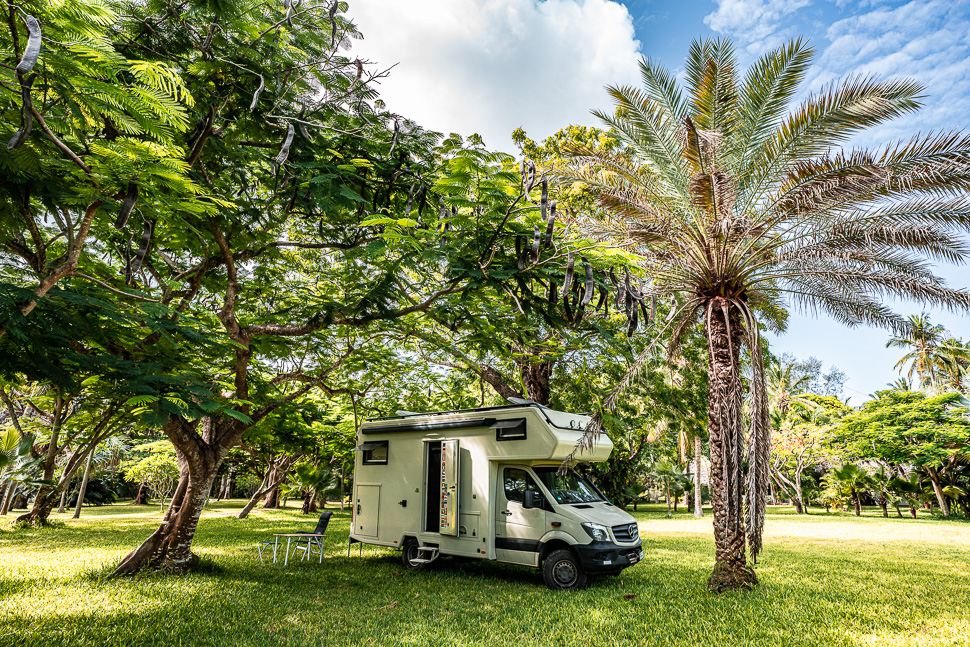
In Bagamoyo, we stayed at the beautiful Travellers Lodge, which has a huge park-like garden behind the beach, with a lot of wonderful trees and palms. From here we could easily walk to all the sights of town.
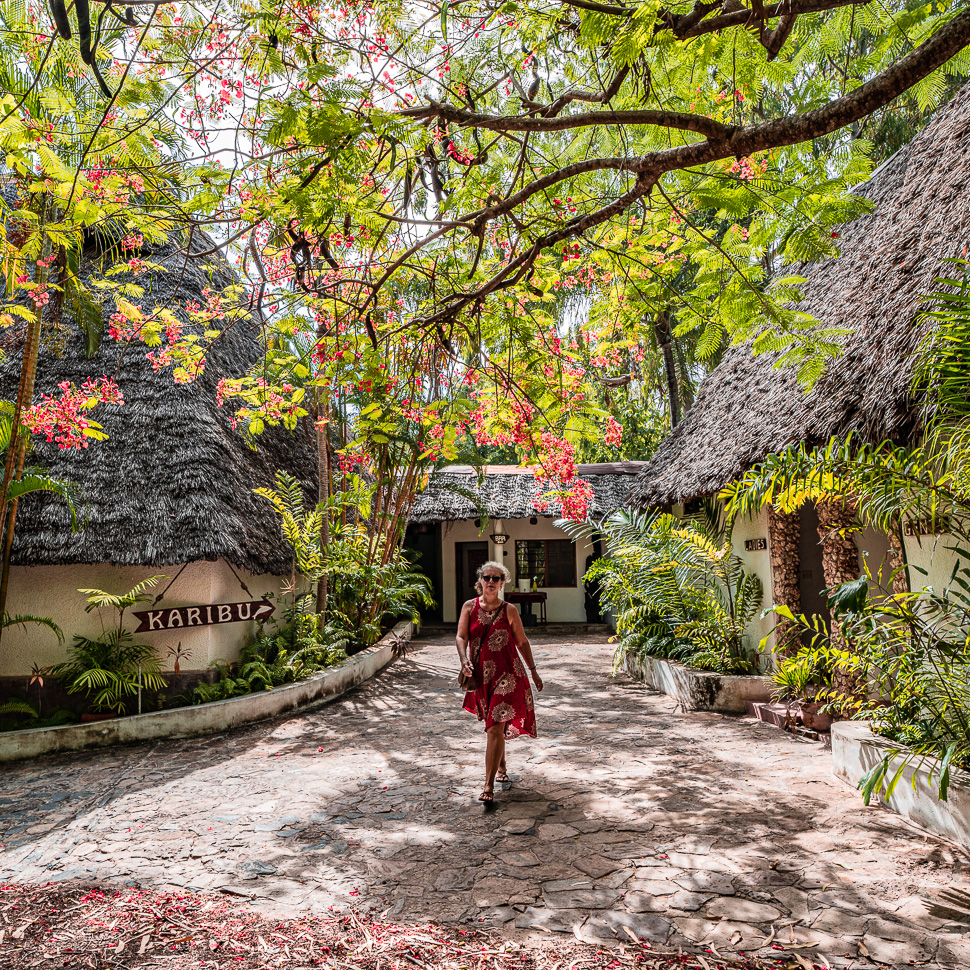
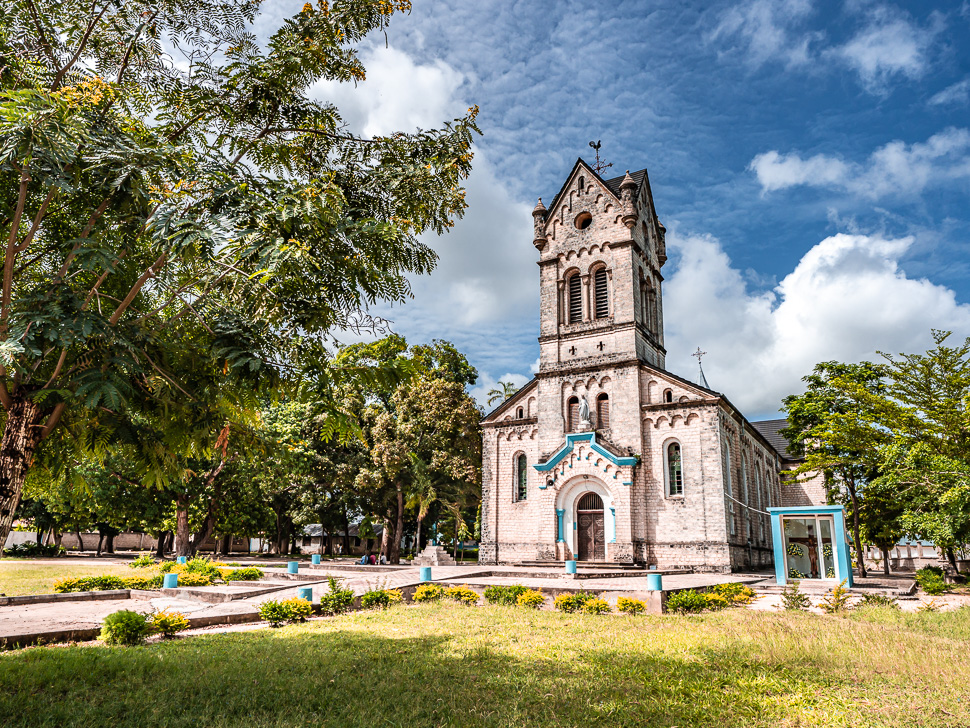
Our first destination was the Holy Ghost Mission, founded in 1868 by Father Antoine Horner of the Holy Ghost Fathers. The land for the mission was gifted to him by Muslims. At that time Bagamoyo was a cosmopolitan town with its local ethnic groups and also people from Arabia, India, Muslim countries, Goa and Europe. It was a trade centre and was well known for its slave trade.
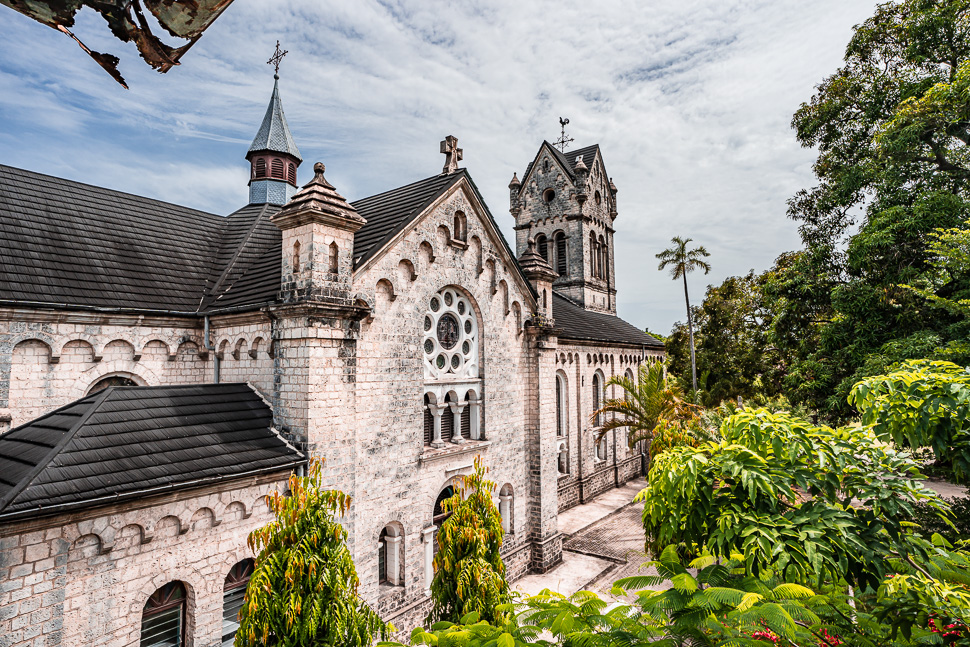
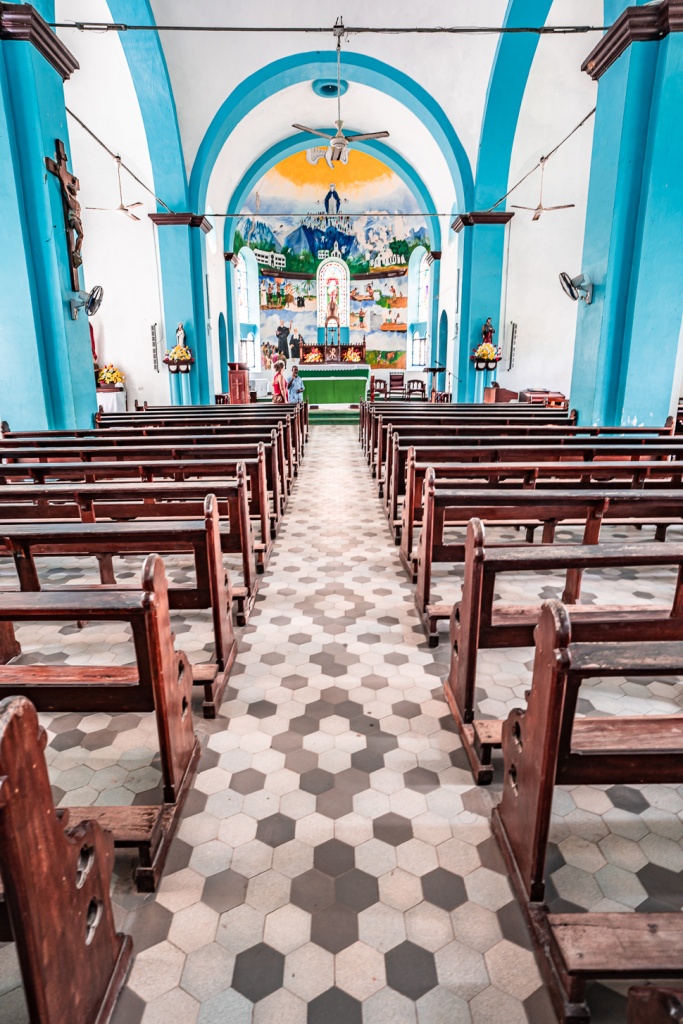
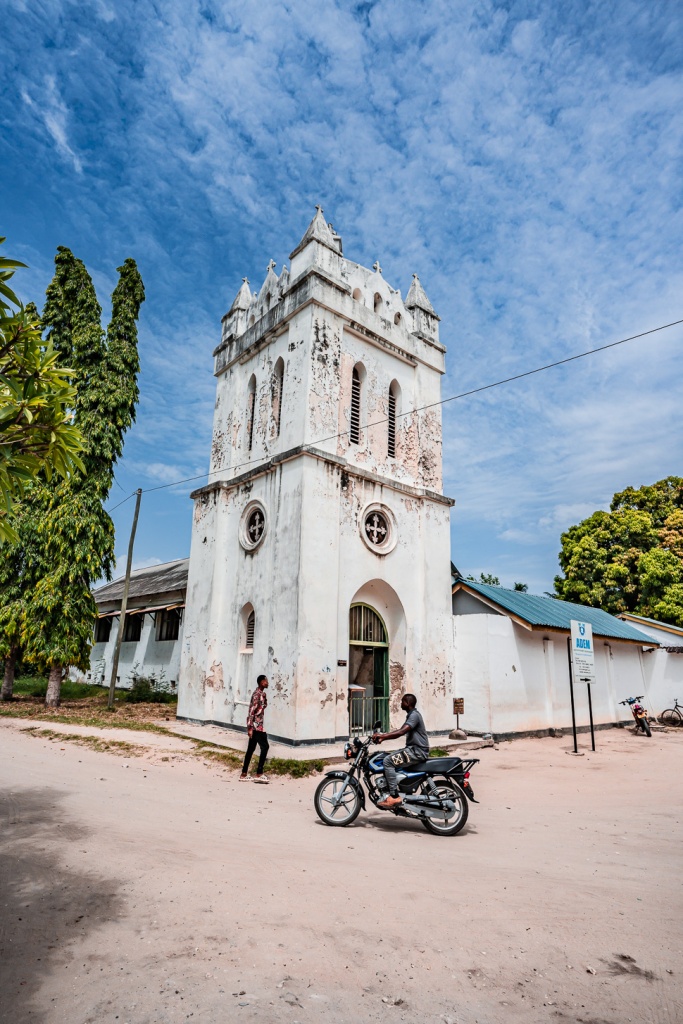
David Livingstone’s body was carried by his devoted servants from where he had died in Zambia to Bagmayo, which took them 11 months. His body was kept in this tower on 24 February 1874. The next day, it was taken first to Zanzibar and then to England where he was buried in Westminster Abbey. As we had visited the place where he had died, it was great to visit this place too (next we will have to go to London I suppose).
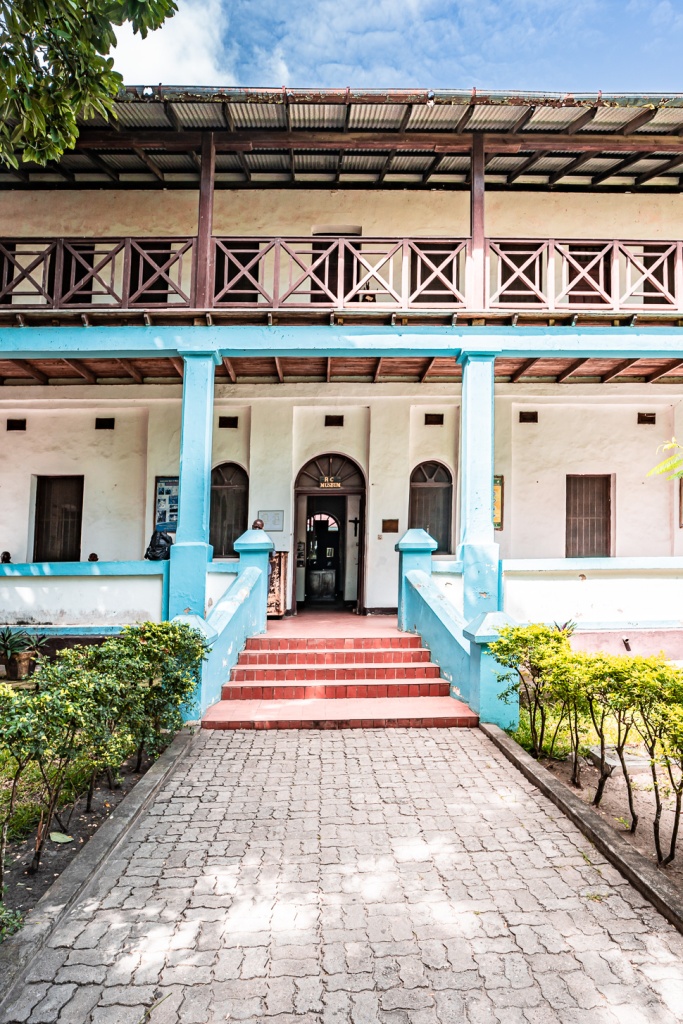
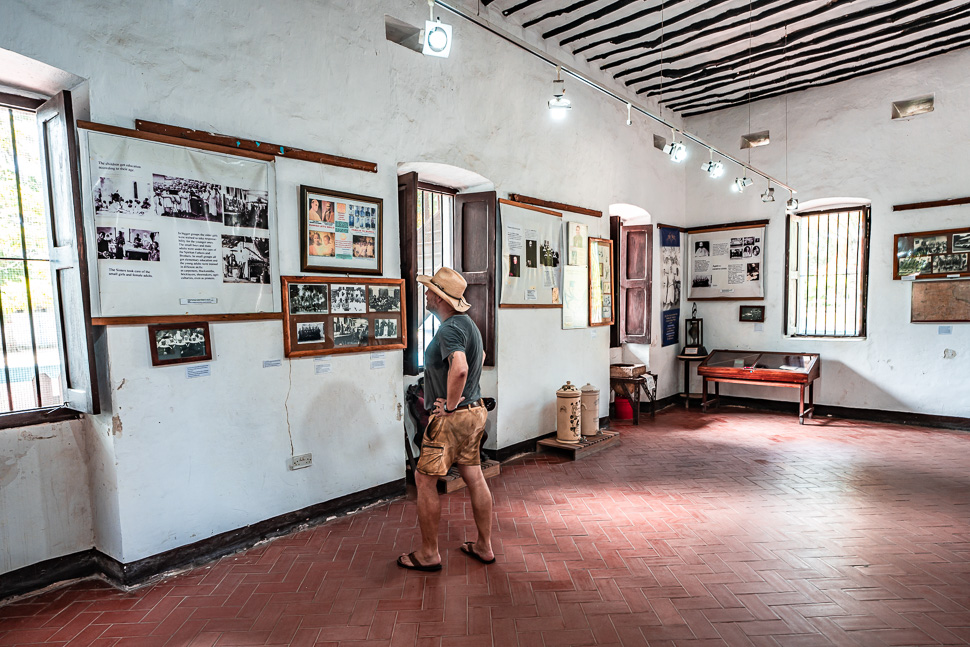
The museum had many interesting exhibits about the mission and the slave trade. The mission bought many children from the slave traders and raised them in the belief of God. Very interesting for us was a newspaper from 1913, which had many advertisements and articles, giving an insight into colonial times in Deutsch-Ostafrika.
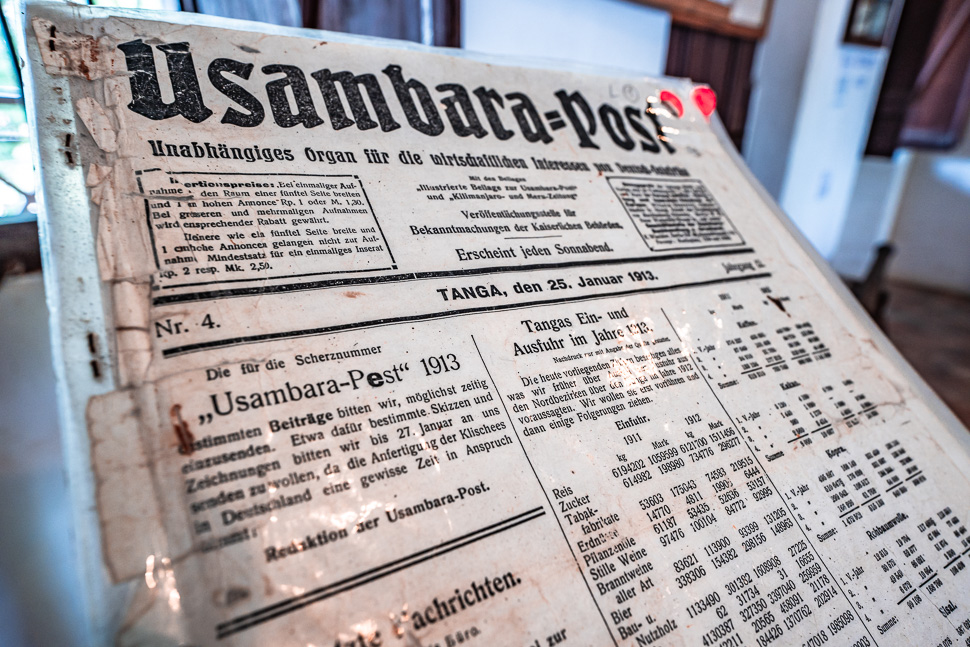
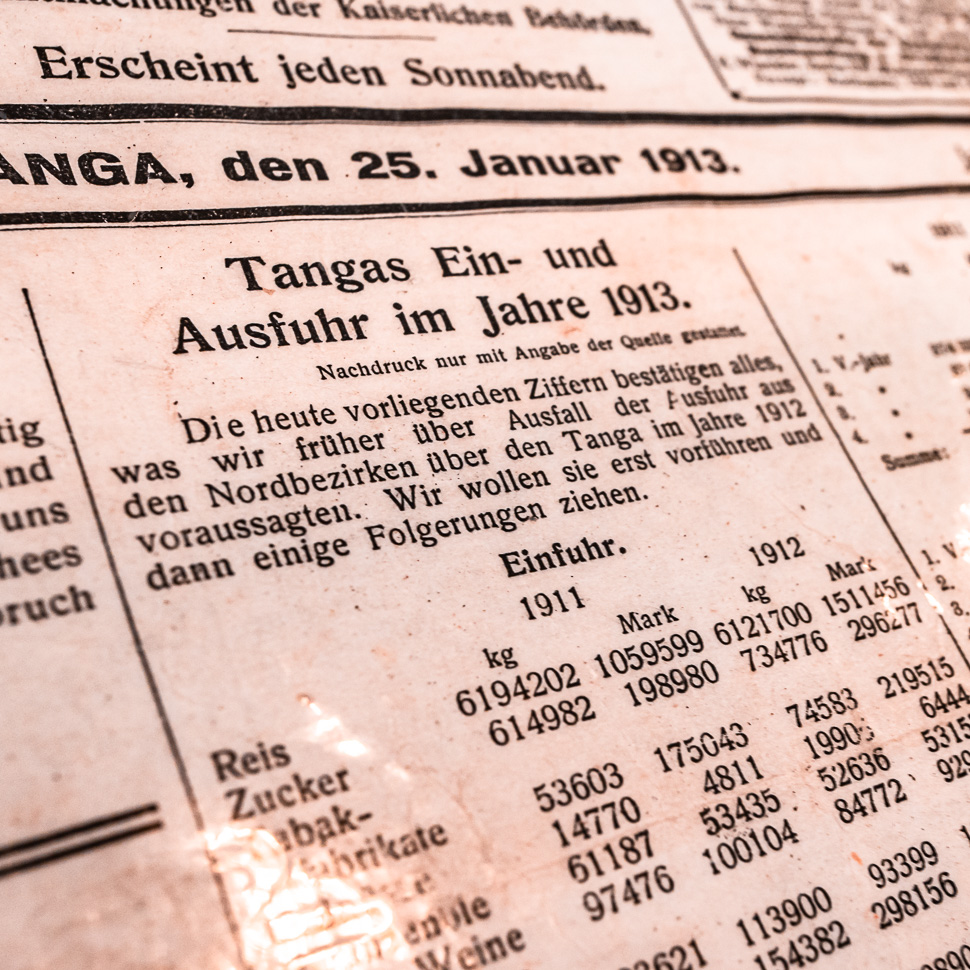
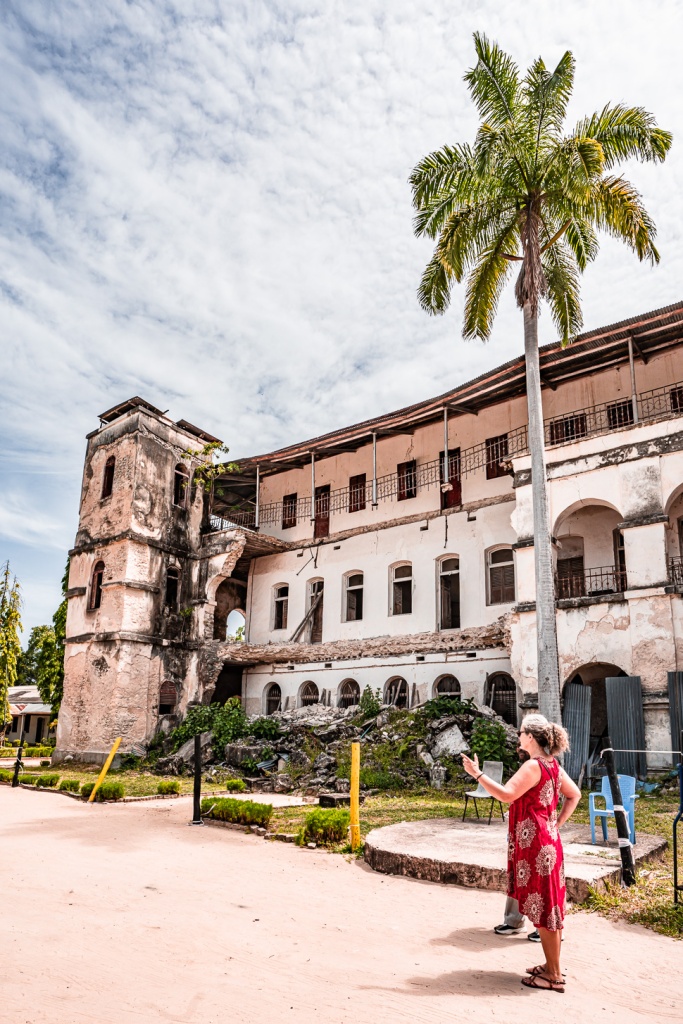
The Father’s residence, a triple storey building with a wide balcony, was built in 1872 in the local style with mangrove wood floor and roof, and coral stone walls of a precolonial style of architecture. Sadly it is crumbling away and there is no money to restore it.
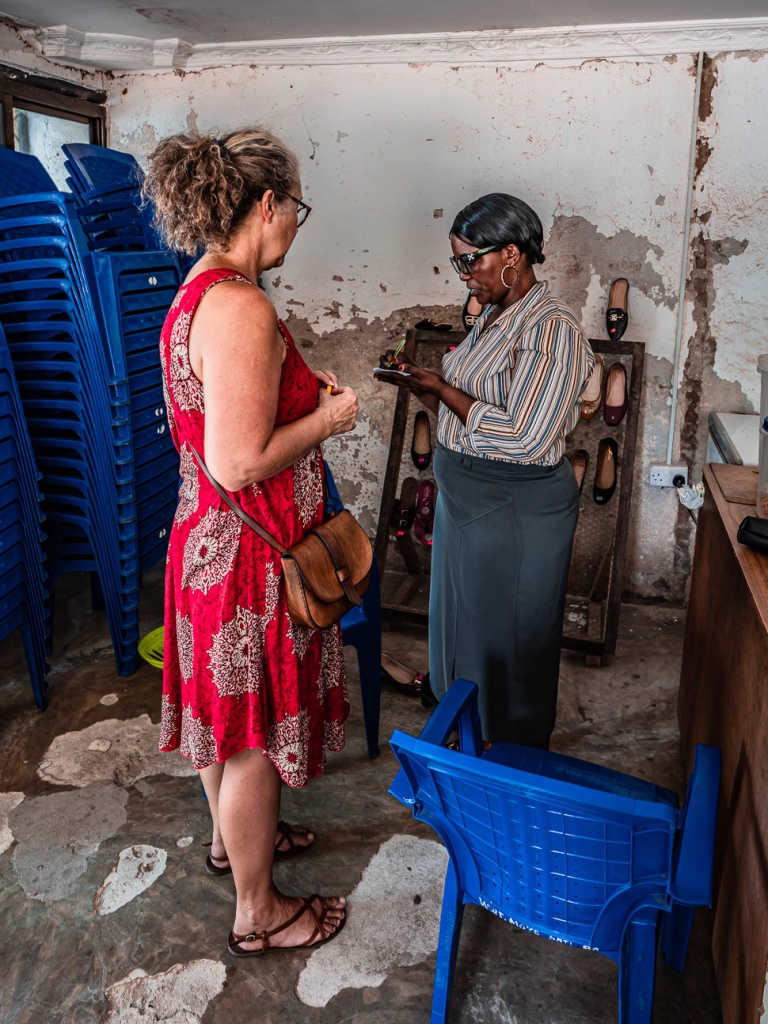
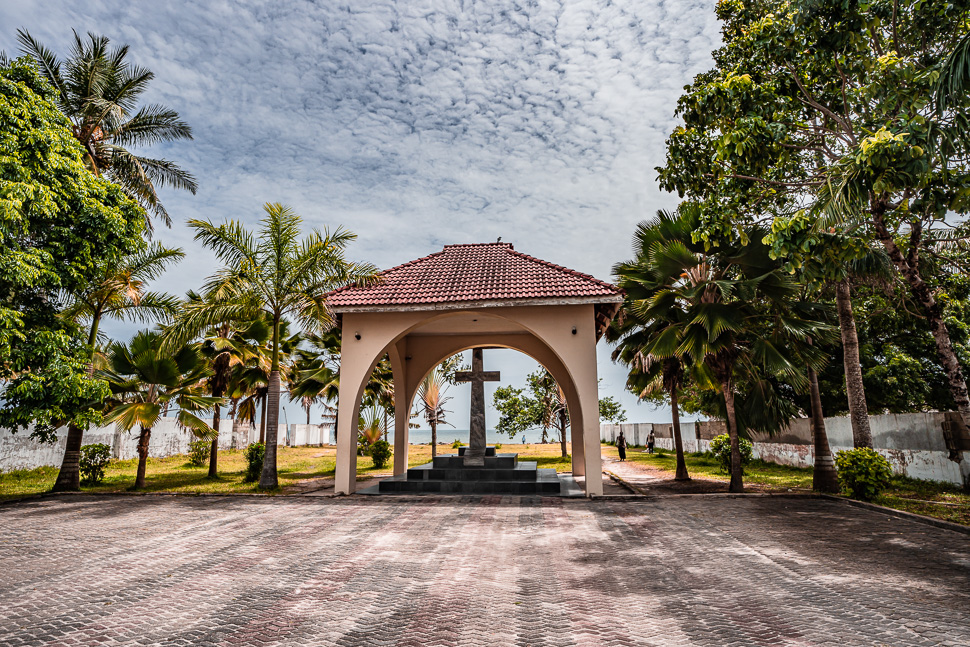
At the cross at the beach, the Way of the Cross starts, leading through an alley of old mango trees to the Holy Mission. From here we walked along the beach into the centre of Bagamoyo, watching the fishermen unloading and preparing their boats.
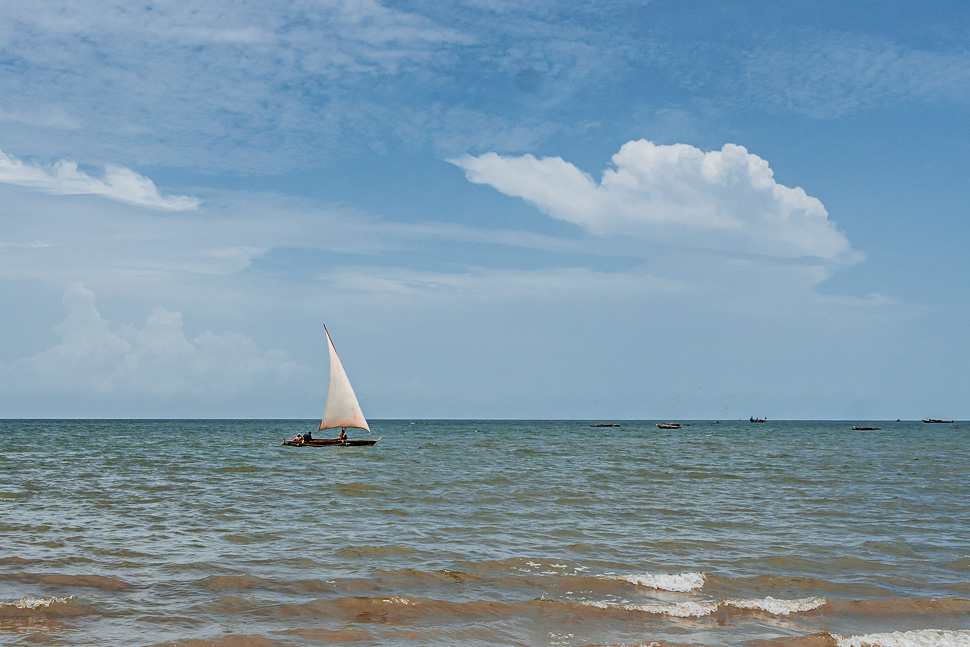
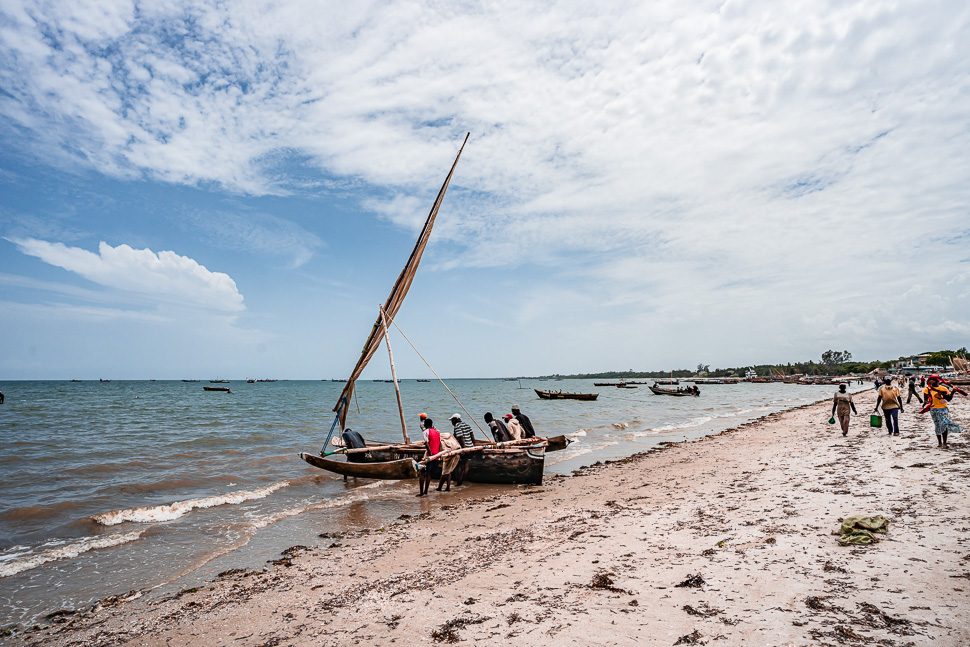
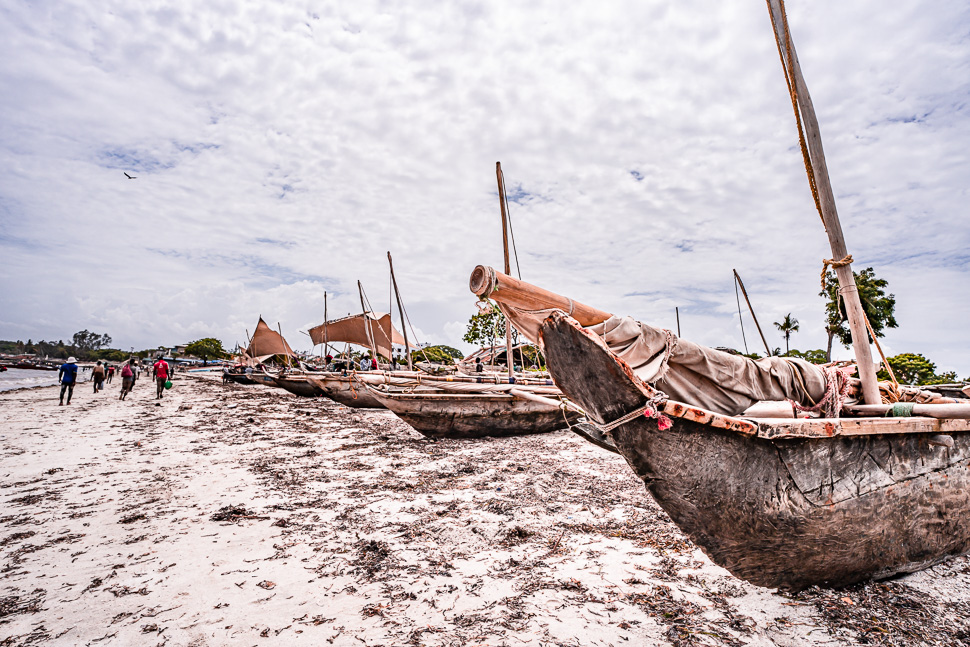
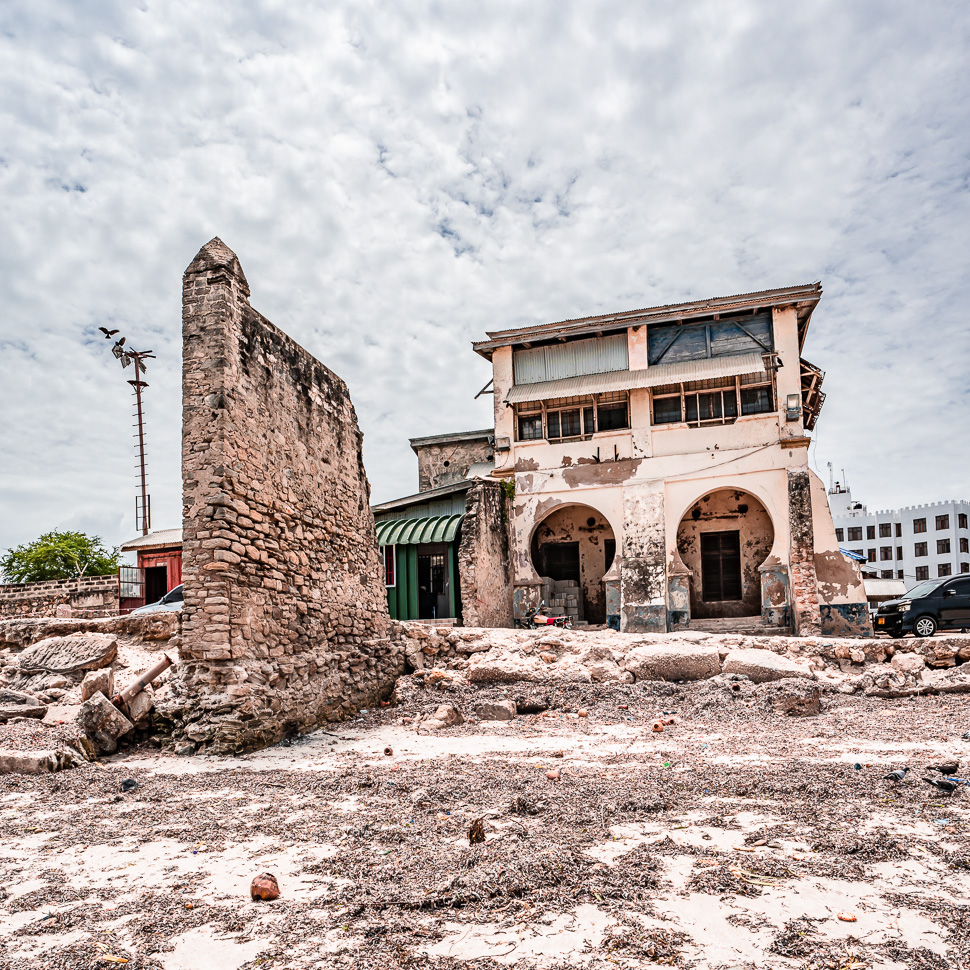
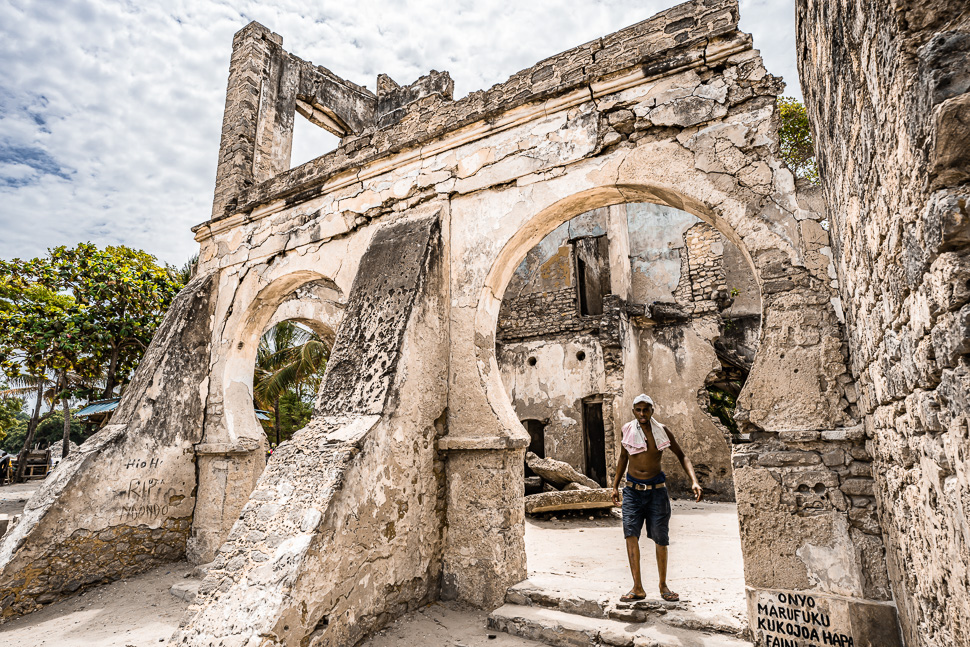
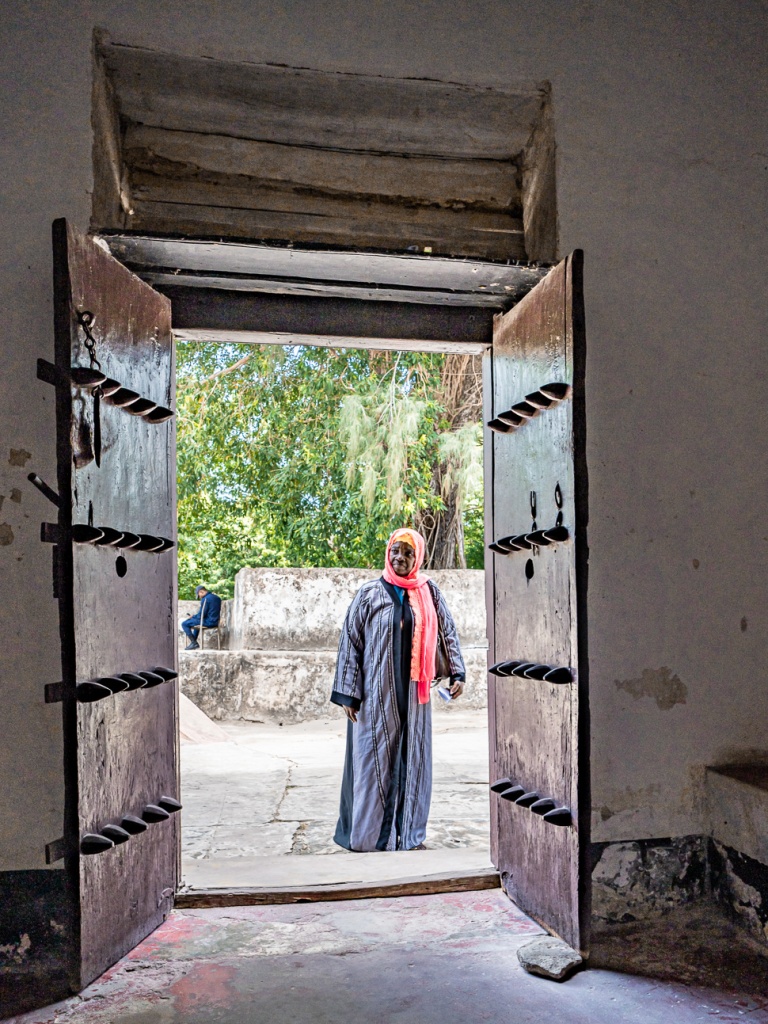
We came to the German Fort, where the tourist information is housed. We payed 20.000,- and the young man called Nikolaus showed us around town.
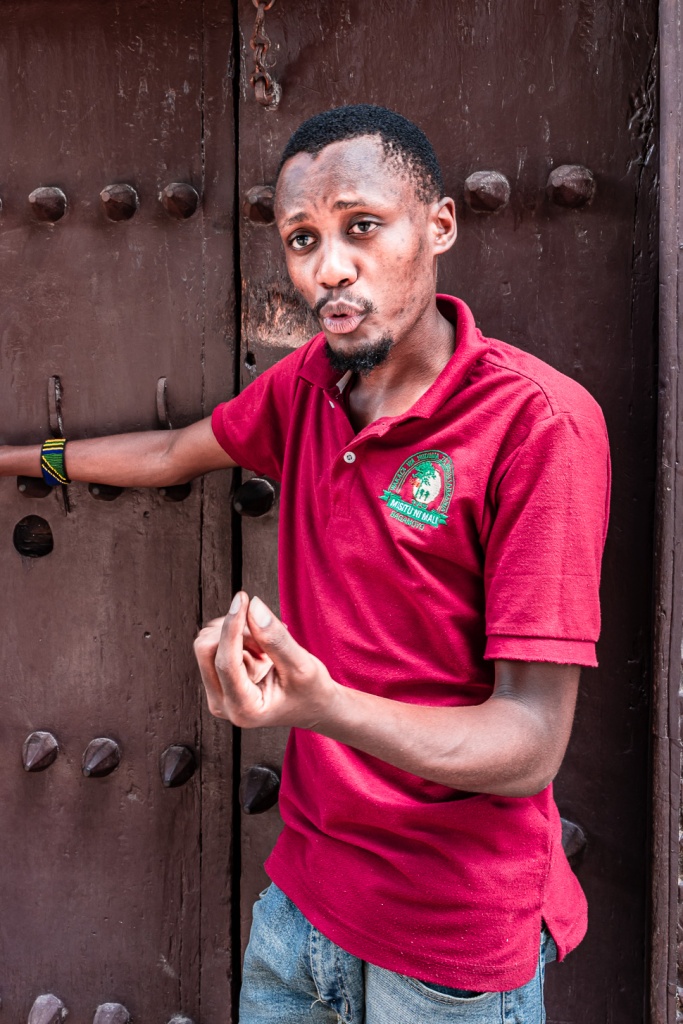
He explained us about the traditional doors and the meaning of the symbols engraved. We also learned that a double door means a married couple is living here, while a bachelor would have a single door.
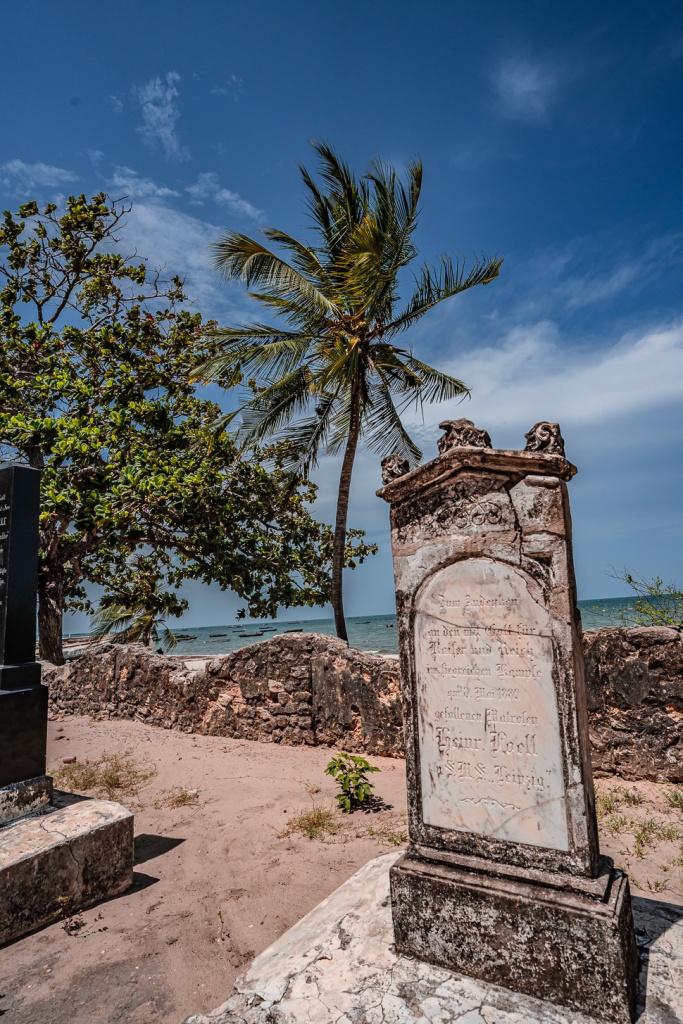
We visited the German cemetery, where members of the German forces were buried. The next historic building was the Boma, built by the Germans as seat of the government. After 2 years of use, they moved their headquarter to Dar es Salaam. Today only the shell of the building is left, but the beautiful floor and the size of the rooms tell of the grandeur in which it was built.
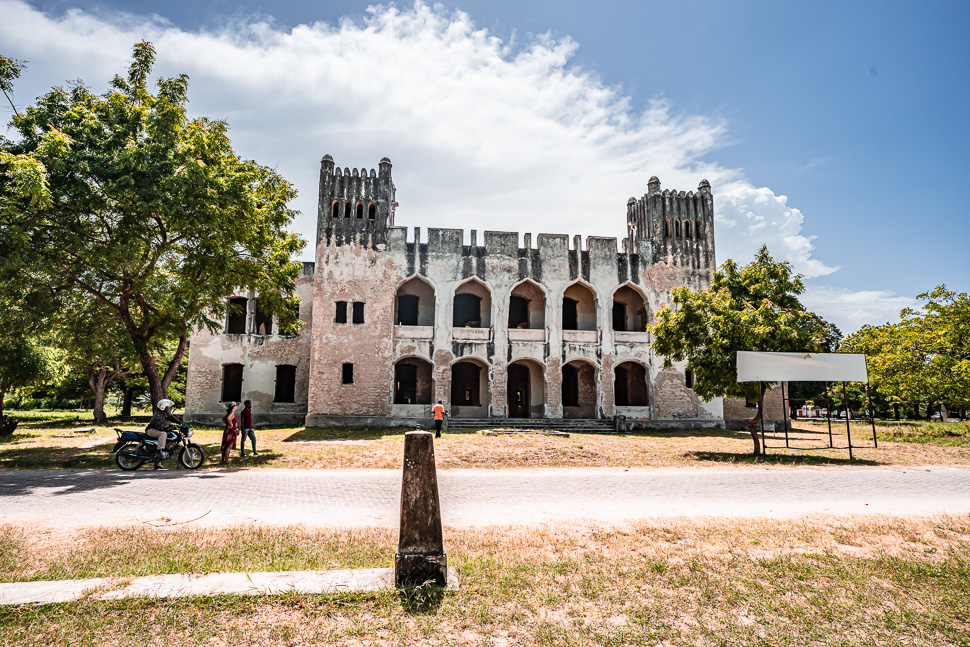
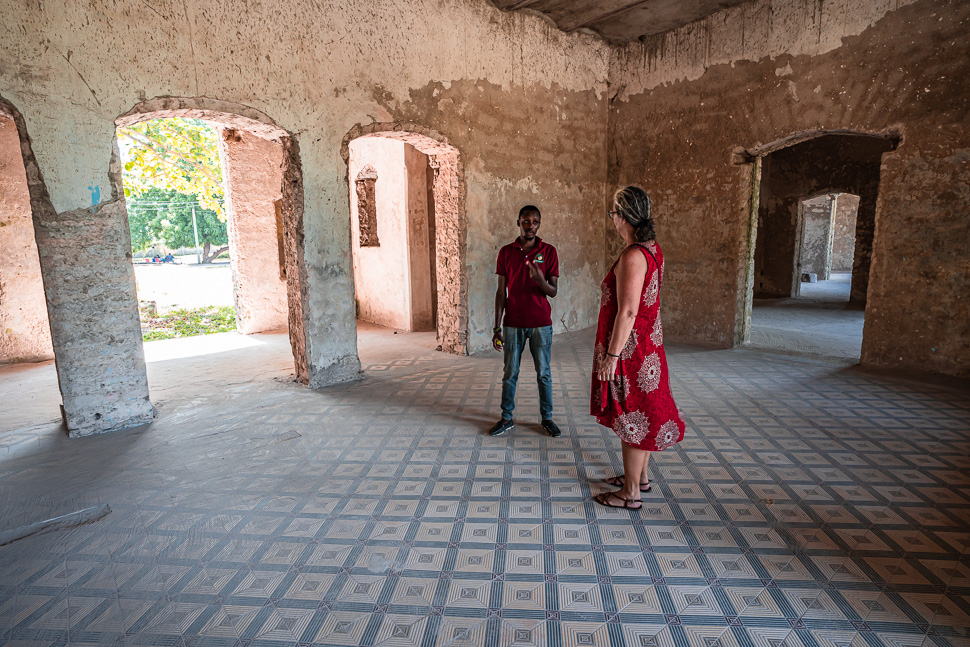
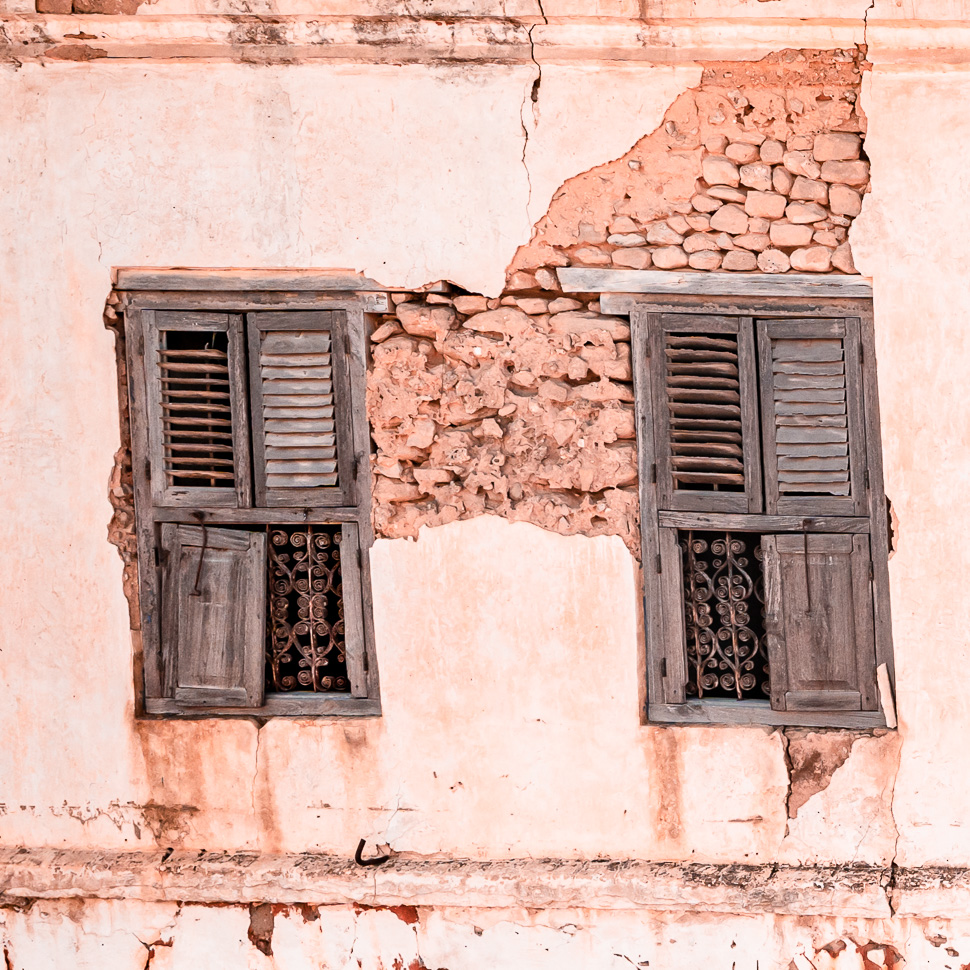
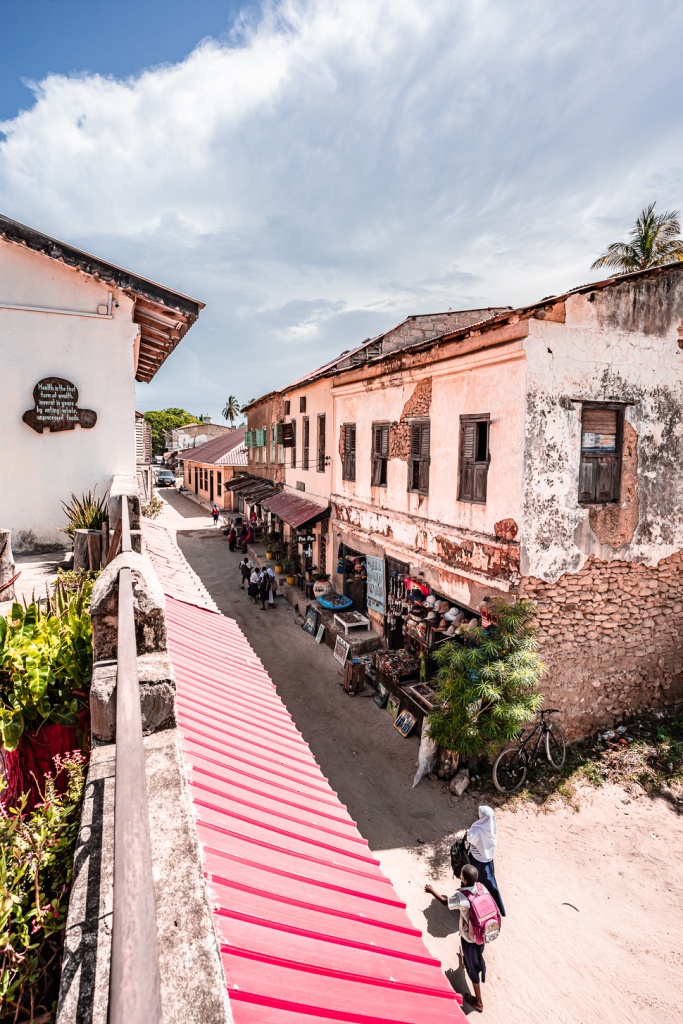
After a walk through town, we stopped for lunch at Nashe’s Cafe, with a roof terrace where the wind was blowing through. It was incredibly hot and we were sweating like hell the whole day.
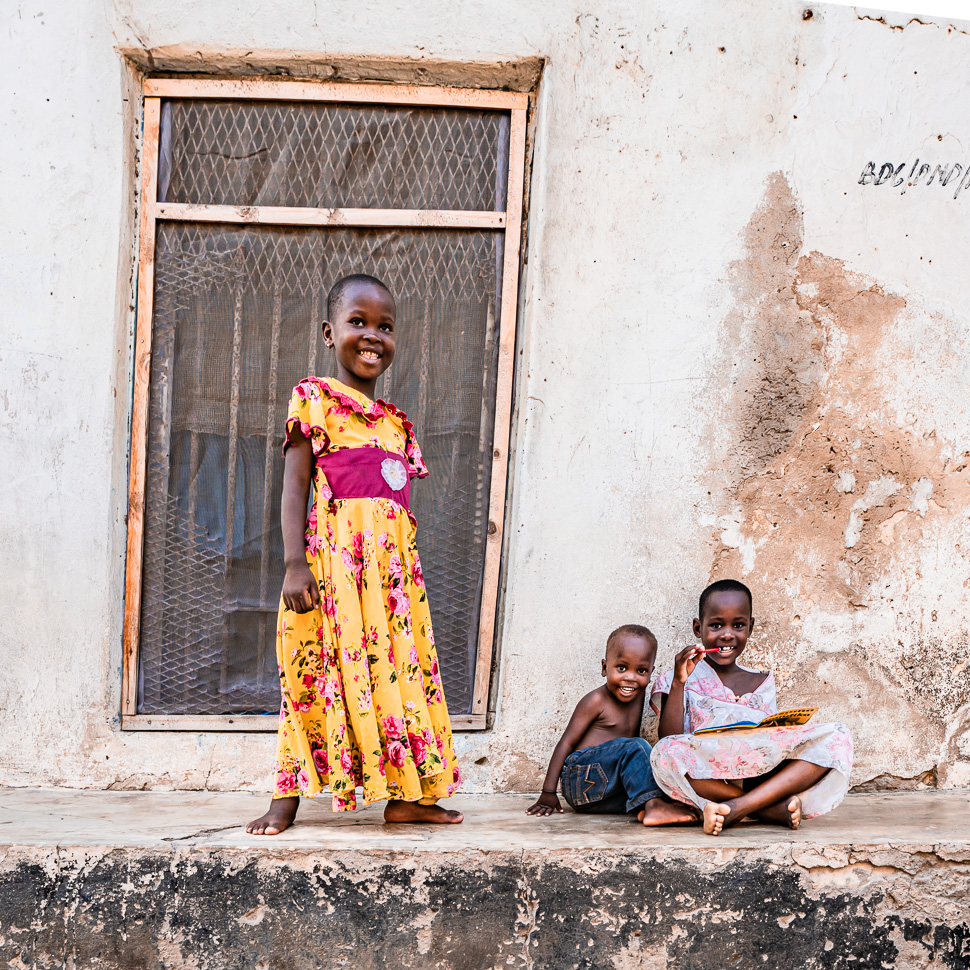
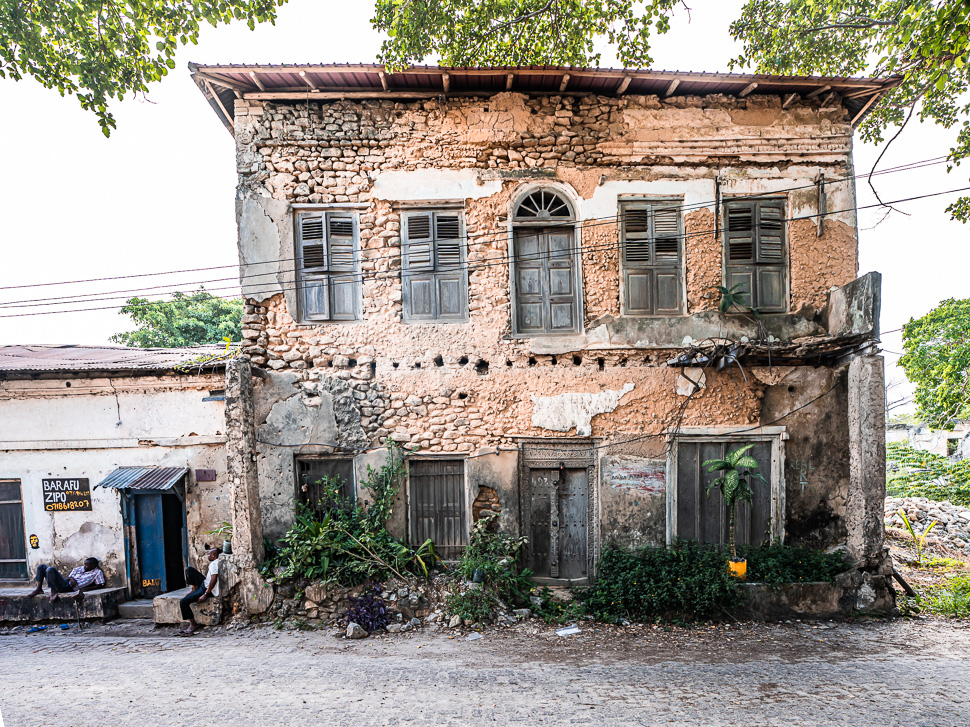
Also at night the temperature didn’t drop under 30 degrees and even with the fan running all night, we couldn’t sleep. Additionally, many mosquitos made it impossible to sit outside in the evening and we were fighting them inside too. This made us change our plan. Instead of going next to Pangani at the coast, we decided to head inland into the Usambara mountains in the hope of cooler weather.
